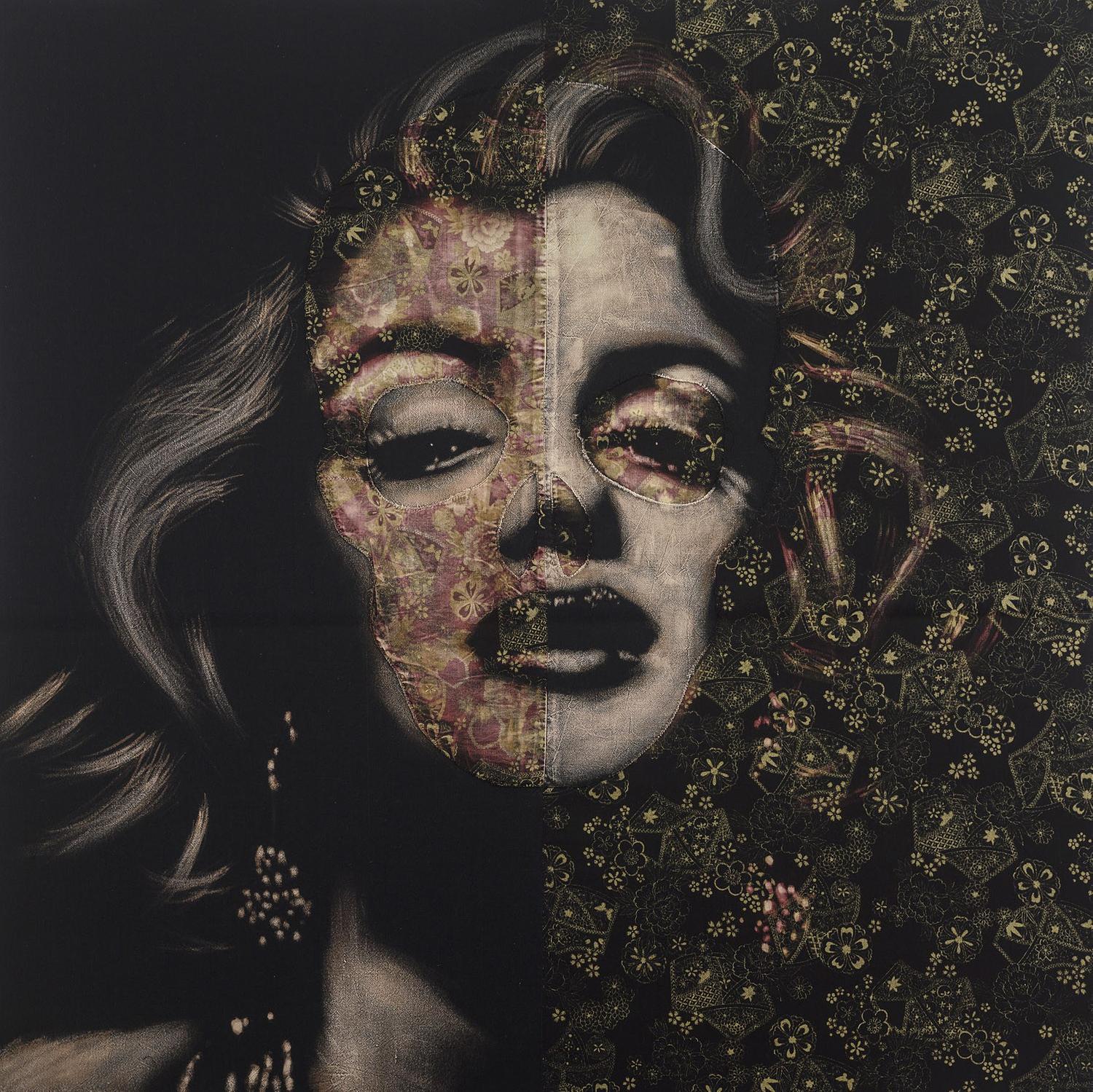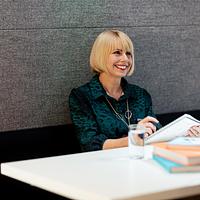Oops I did it again! I spent a lovely weekend wandering around the galleries in the beautiful city of York, and having travelled by train, with hand luggage only, there was an obvious restriction on my art-related shopping habit. A fact I wryly reflected on as I struggled back onto the train with a large – and heavy – wrapped canvas.
I was, inevitably, seduced by the artist’s creativity. I’m a strong believer in encouraging “right brain” creative traits, however they’re expressed. After all, creativity is a vital aspect of business transformation, especially in industries where innovation is key to staying competitive, or where efficiencies need to be made.
It’s clear to us at AAB that organisations need to embrace new ideas and ways of thinking to keep up with this ever-changing, ever-uncertain, world. Creative problem-solving and thinking are essential to identifying opportunities for growth, streamlining processes, saving money and outperforming competitors.
When we talk about creativity, our default is artists and musicians. The artist responsible for my latest acquisition, Pam Glew, is an excellent example of a contemporary artist who pushes the boundaries of art and challenges traditional forms of expression. Her work is known for combining textiles and alternative mediums to create unique and innovative pieces. Painting with bleach? Now there’s something new that I’d love to try.
In the business world, the bravery of trying something new can clearly pay dividends – but what about reimagining something that already exists, in an innovative way. I love the example set by Sara Blakely, who did both. After cutting out the feet of her tights, she capitalised on her strange invention and founded Spanx in 2000. Since then, she’s grown the company to over $400 million dollars in annual sales and amassed a net worth of over one billion dollars. Enough for a comfortable lifestyle, right? But Sara missed the spark of creativity that her old morning commute offered her.
“I’ve identified where my best thinking happens, and it’s in the car…I live really close to Spanx, so I’ve created what my friends call my ‘fake commute,’ and I get up an hour early before I’m supposed to go to Spanx (HQ) and I drive around aimlessly in Atlanta with my commute so that I can have my thoughts come to me.”*
Blakely's commitment to creativity and ingenuity led to the success of her company and made her one of the most influential businesswomen today.
Just like Glew and Blakely, every business can encourage and nurture creative thinking, which can lead to improved processes, new product development, and better customer experiences. Organisations can create a work environment that fosters creativity and innovation by encouraging employees to take on interesting projects, offering opportunities for brainstorming and experimentation, and embracing diversity and inclusion.
At AAB, we often run ‘Art of the Possible’ sessions, where out-of-sector or cutting-edge solutions are used to spark ideas for new solutions to existing problems. A great creative tool that engages staff, as well as the left side of the brain! A recent session we ran generated more than 500 fantastic, deployable, ideas.
Are you cultivating a creative culture? Aim for one that that bravely encourages experimentation or try and redesign new ways of doing old things. You never know what game-changing, ‘fancy-pants’ ideas may emerge!
*Matt Valentine, The Strange Daily Habit Spanx Founder Sara Blakely Uses to Spark her Creativity
Image credit: Pam Glew, “Hel Marilyn”.


